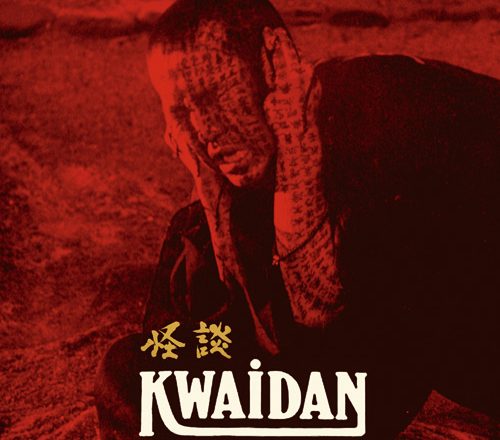Kwaidan (怪談)
Country: Japan
Writer(s): Mizuki Yoko
Director: Masaki Kobayashi
Year: 1965
Kwaidan (pronounced Kaidan) is probably one of the most unique films that one could possibly find within the exceptionally large number of arthouse Asian films. I personally believe that before watching this film, it is important to understand the background and the story behind the making of Kwaidan. The director, Masaki Kobayashi, filmed Kwaidan on completely hand-painted sets which give the film a special look that I think is unmatched in cinema history. The story is based on the classic Japanese ghost stories written by Lafcadio Hearn, an Irish-Greek American who moved to Japan in 1889. The film features four ghost stories, and there is a brilliant rhythm at the start of each segment that you will begin to perceive: ‘when will the ghost appear in this story?’ It is really exciting, as if Kobayashi physically transports you to this new world with its exclusive rules.
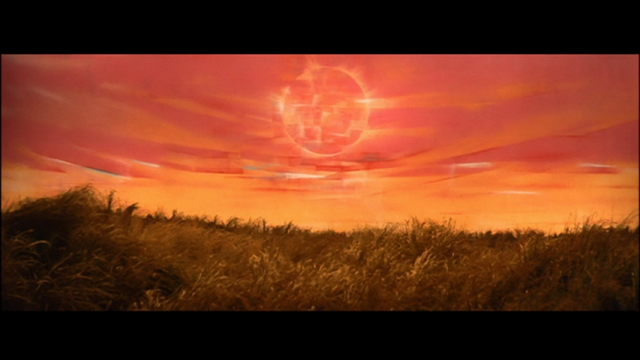
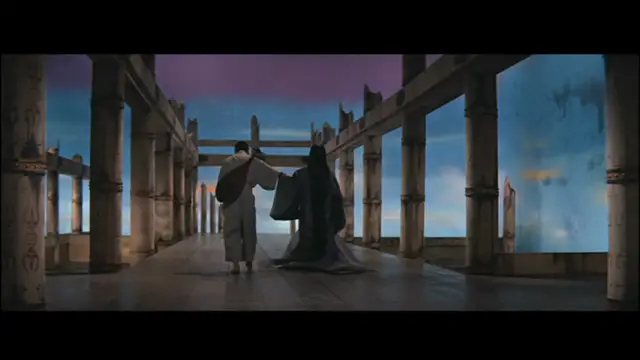
The set design in this film was a breakthrough in the world of cinema. Each ghost story had its own special hand-painted set that depended on the desired atmosphere. Colours corresponded to love, fear, death, etc. The first episode in Kwaidan, The Black Hair, tells the story of a young samurai who was reduced to poverty. He decides to leave his wife, and ends up marrying a woman from a rich family. Time passes, and he eventually realizes how much he loved his first wife after being haunted by dreams and memories of her. The samurai finally decides to leave his current wife and return to his previous wife to beg her for forgiveness. This is the part of the film where you’re not really sure what will happen; however, you become suspicious when the samurai finds his wife in the same place he left her! He apologizes, and sleeps next to her for the night. This is where the film’s set design plays a crucial role as you begin to see a difference in the atmosphere. The samurai wakes up and realizes he has been sleeping next to a dead body!
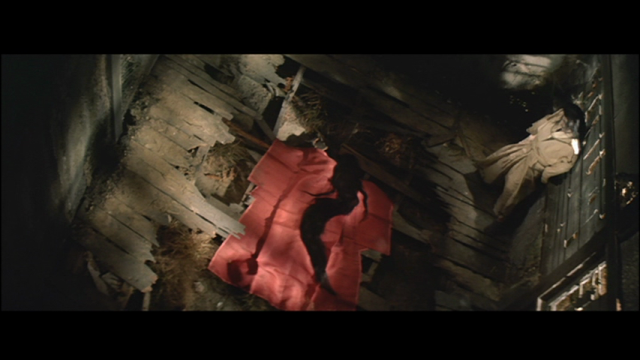
There is something very special about the narrative in this film, which keeps the suspense escalating after every segment. It seems like Kobayashi arranged the stories in order for them to escalate in suspense, starting with a simple plot and ending with a complex one. The first story is very straightforward. The samurai is punished for abandoning his wife and for being ungrateful, which sort of prepares you for the complex stories that follow. The stories that follow include: The Woman of the Snow (who feasts on the warmth of travellers); a blind man skilled in playing the biwa (traditional Japanese instrument) and reciting historical tragedies; and the final segment, a story within a story. You will notice that even Kobayashi’s use of horror is quite different from what we typically label as ‘horror.’ Japan is widely recognized for producing some of the most terrifying horror films, such as Ringu, Audition, Pulse, and many more. Kwaidan, however, is not your typical Japanese horror film. Kobayashi uses different horror elements in his film that make it hard to label Kwaidan as a standard horror film. For example, the brilliant score of composer Tōru Takemitsu is not used to create cheap scares, but is actually used within the context of the narrative. In the third episode, Hoichi, the Earless, the music that the blind man plays later in the episode is actually used in the beginning to tell a story that later on becomes vitally important. It is only near the end of the segment that you finally see Hoichi (the blind man) actually playing his instrument and reciting the old tale.
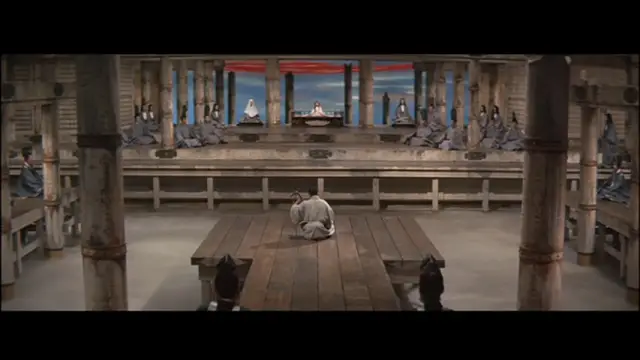
Lighting is one of the subtle elements in film making that the audience is usually not meant to notice. In Kwaidan, the director quickly establishes the obvious fact that the sets are hand-painted, and are meant to be seen that way. That opens a new door, allowing Kobayashi to play around with other components of the film. You can see that the director is using spotlights to focus on certain characters throughout the film. The way Kobayashi plays with light and shadow in Kwaidan reminds me of the remarkable achievement of the director Seijun Suzuki in his stylish yakuza film, Tokyo Drifter (which is a must-see if you are a fan of gangster films).
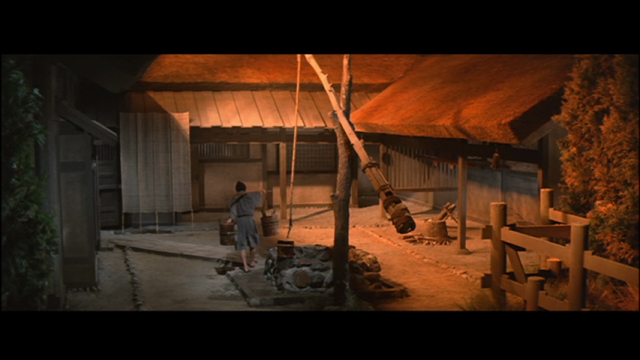
If you are used to contemporary Hollywood films, this aspect of the film might annoy you. I personally think that the film looking as if it was filmed on a theater stage is what actually makes it beautiful and special. I highly recommend the movie if you are a fan of ghost stories, and you are not likely to find anything as artistic as this film. It is one of those rare films that challenge the conventions of cinema. It is as if Kobayashi was stating, ‘If you thought you have seen everything that can be done in film, then think again!’
- The Eccentric Cinema of Meshal Al Jaser - January 7, 2018
- Café Lumière - April 16, 2016
- Eureka - December 6, 2015
